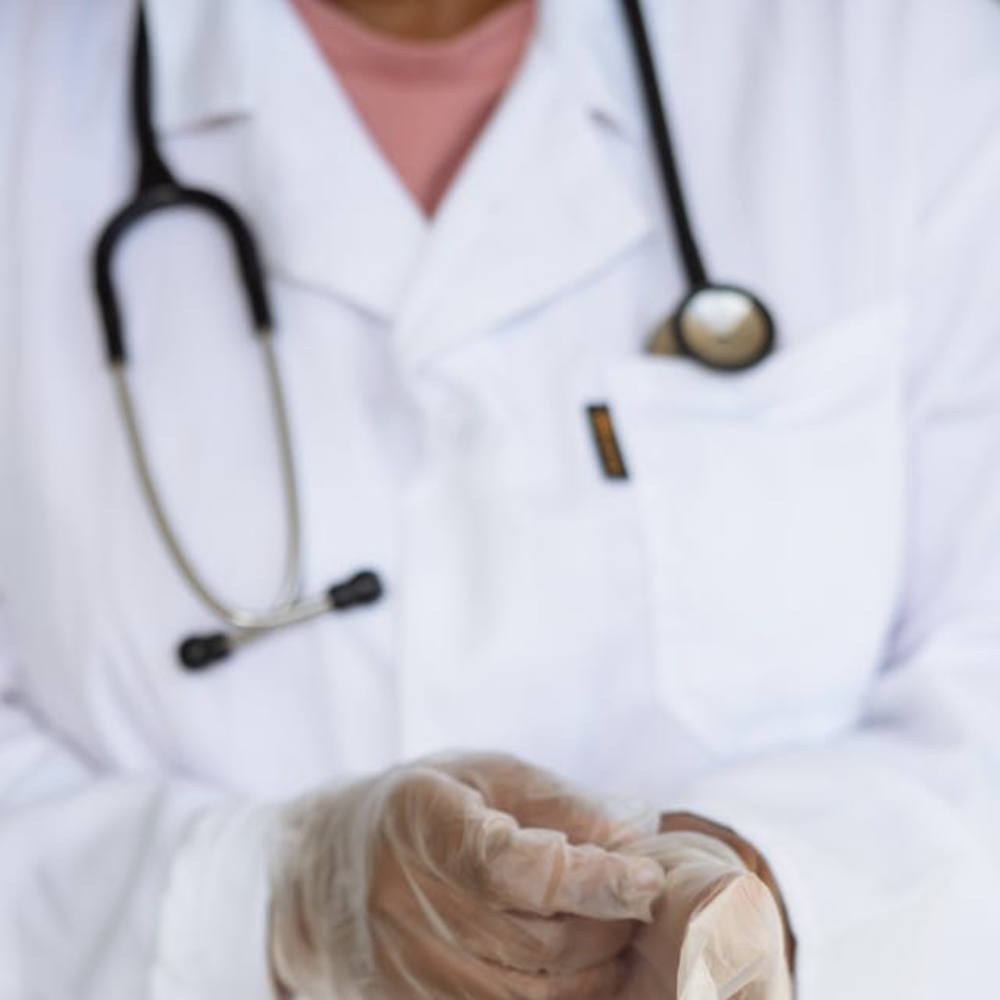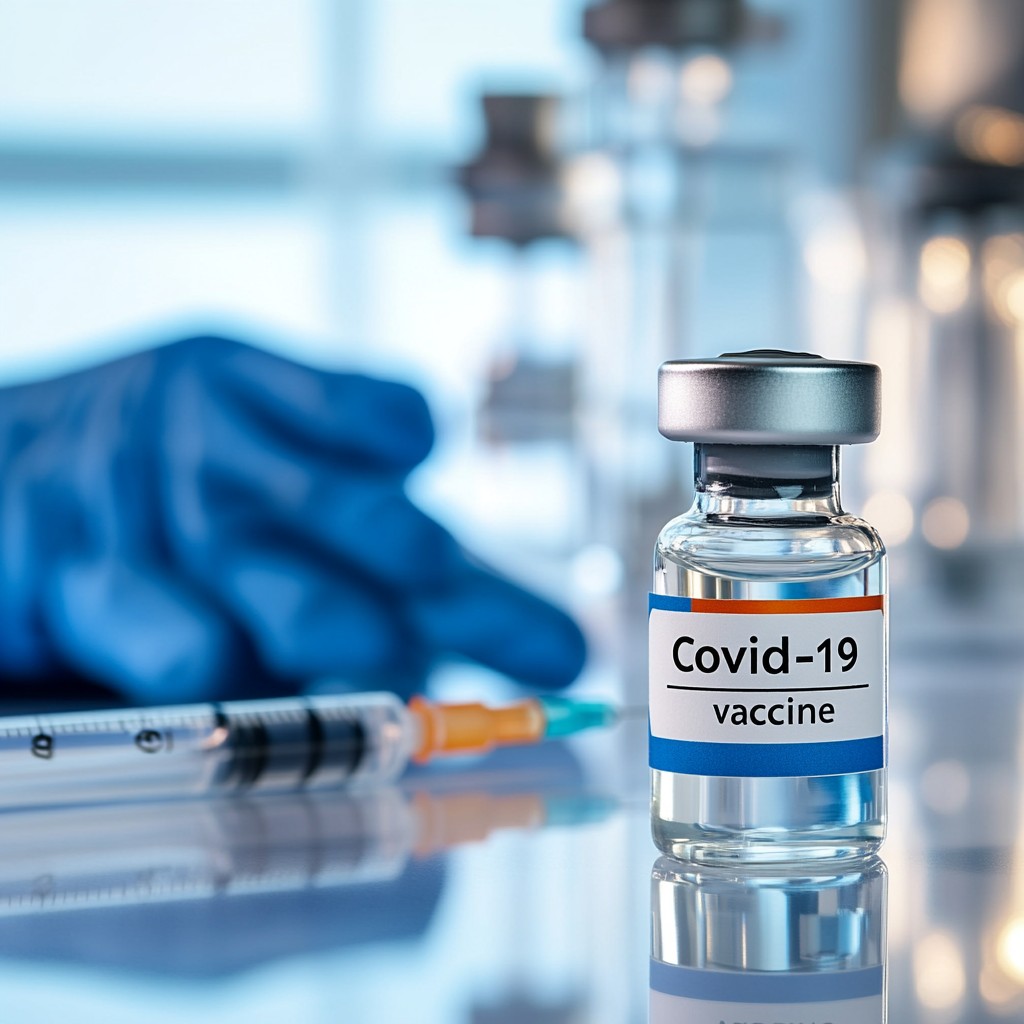
Emma’s Gut Health Journey: A Story of Healing and Hope
Emma’s Gut Health Journey: A Story of Healing and Hope At Medical Bluff, we believe that health is not just about facts and figures—it’s about real people, real struggles, and real solutions. Today, we’re sharing the inspiring story of Emma, a 32-year-old teacher from Chicago, who transformed her life by focusing on her gut health. Her journey is a testament to the power of listening to your body and taking small, consistent steps toward healing. The Beginning: A Life Disrupted Emma’s story began like many others. She was busy juggling her career, social life, and family responsibilities, often putting her own health on the back burner. For years, she dealt with bloating, fatigue, and irregular digestion, brushing it off as “just stress” or “something I ate.” But over time, her symptoms worsened. She experienced constant brain fog, mood swings, and even skin breakouts that no cream could fix. “I felt like I was falling apart,” Emma recalls. “I was tired all the time, and no matter what I did, I couldn’t seem to get back to feeling like myself.” The Turning Point: Discovering the Gut-Health Connection One day, while strolling through health blogs (yes, like this one!), Emma stumbled upon an article about the gut-brain connection. She learned that her gut—often called the “second brain”—plays a crucial role in everything from digestion to mental health. Intrigued, she decided to dig deeper. Emma discovered that her symptoms might be linked to an imbalance in her gut microbiome, the community of trillions of bacteria living in her digestive system. She realized that years of processed foods, antibiotics, and stress had likely taken a toll on her gut health. “I felt like I finally had a clue,” Emma says. “It wasn’t just in my head—my gut was trying to tell me something.” The Healing Journey: Small Changes, Big Results Emma decided to take control of her health, one step at a time. Here’s what she did: Cleaned Up Her Diet: Emma started by cutting out processed foods, sugar, and artificial additives. She focused on whole, nutrient-dense foods like vegetables, fruits, lean proteins, and healthy fats. She also incorporated fermented foods like yogurt, sauerkraut, and kimchi to boost her gut microbiome. Prioritized Probiotics and Prebiotics: She added a high-quality probiotic supplement to her routine and ate more prebiotic-rich foods like garlic, onions, and bananas to feed the good bacteria in her gut. Managed Stress: Emma realized that stress was a major trigger for her digestive issues. She started practicing yoga, meditation, and deep-breathing exercises to calm her mind and support her gut. Slept More: She committed to getting 7-8 hours of sleep each night, understanding that rest is essential for gut repair and overall health. Sought Professional Help: Emma consulted a functional medicine doctor who ran tests to identify food sensitivities and gut imbalances. With personalized guidance, she was able to tailor her approach even further. The Results: A New Lease on Life Within a few months, Emma began to notice significant changes. Her bloating disappeared, her energy levels soared, and her skin cleared up. But the most surprising change was in her mood. “I felt like a cloud had lifted,” she says. “I was happier, more focused, and just… lighter. It was like I got my life back.” Lessons from Emma’s Journey Emma’s story is a powerful reminder that gut health is the foundation of overall well-being. Here are a few key takeaways from her experience: Listen to Your Body: If something feels off, don’t ignore it. Your frame is constantly looking to speak with you. Start Small: You don’t have to overhaul your life overnight. Small, regular adjustments can cause huge results. Seek Support: Don’t be afraid to ask for help. Whether it’s a doctor, nutritionist, or a supportive community, you don’t have to do it alone. Be Patient: Healing takes time. Trust the method and have fun small victories alongside the way. Your Gut Health Matters At Medical Bluff, we’re passionate about helping you take charge of your health. Whether you’re struggling with digestive issues, low energy, or just feeling “off,” know that you’re not alone. Like Emma, you have the power to transform your health—one step at a time. If you’re ready to start your own gut health journey, check out our Gut Health Guide for tips, recipes, and expert advice. And remember, your story is just beginning. We hope Emma’s journey inspires you to take the first step toward better gut health. Share your own story with us in the comments below—we’d love to hear from you!



